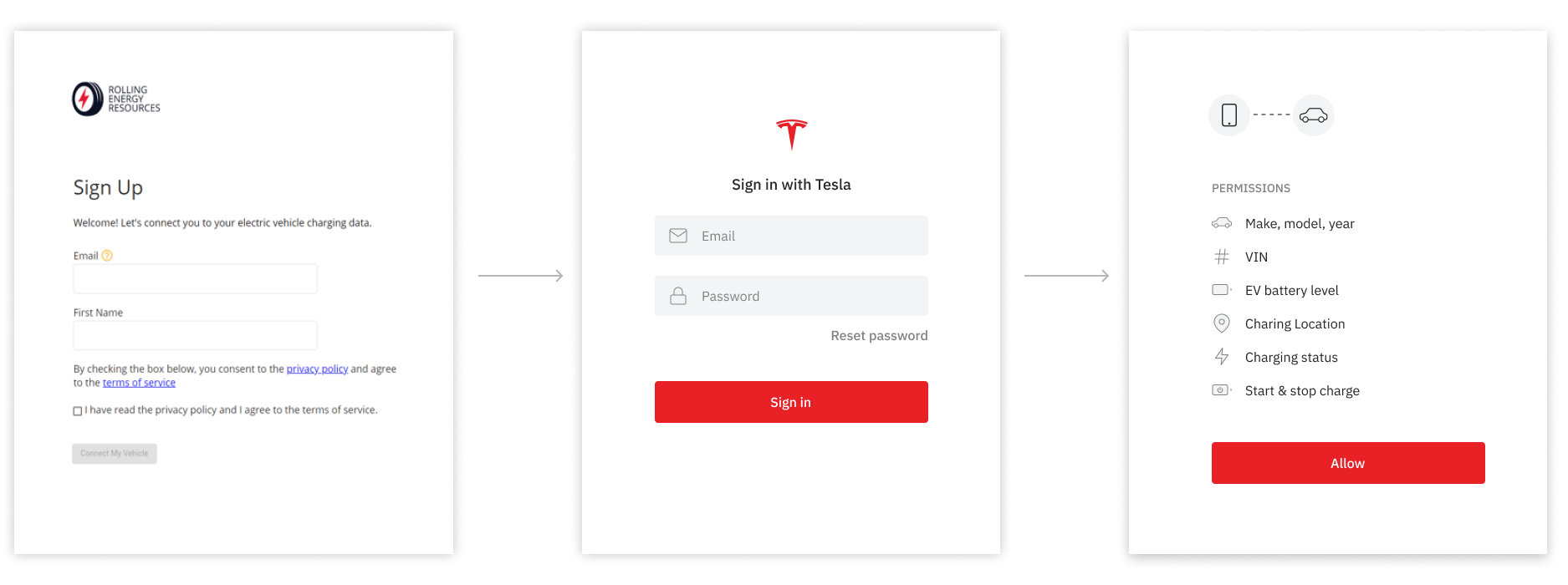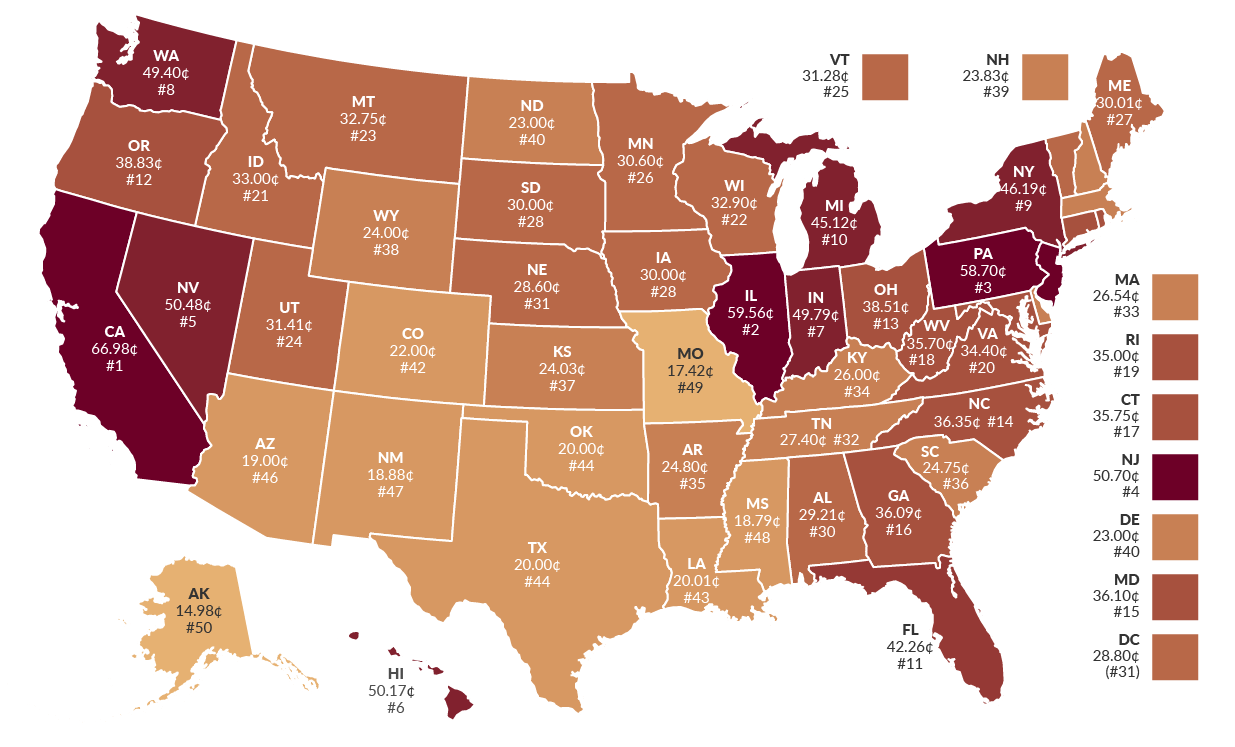In this article, we talk to transportation experts Warren Logan, Venkatesh Gopal, and William Riggs about the three sustainable mobility narratives — electrification, shared mobility, and low-mobility societies. They share their thoughts on how new sustainable mobility technology can advance public initiatives and infrastructure through stronger collaboration within the mobility sector.

is a partner at Lighthouse Public Affairs. With a background in transportation planning across the Bay Area, he previously served as the Policy Director of Mobility and Interagency Relations for the Mayor's Office of Oakland and managed shared mobility policy with San Francisco County Transportation Authority.

is a professor at the University of San Francisco where he leads their Autonomous Vehicles and the City Initiative. With a background as a practicing planner, his research focuses on smart mobility as a discipline. Riggs works with companies and cities to provide maximal access to the most people through data-driven transport.

is a consultant at movmi, an agency specializing in shared mobility architecture with projects across North America, Europe, the Middle East, and Latin America. Gopal works with partners to design shared mobility systems, build technology strategies, aid cities in policy work, and more efforts to integrate shared mobility into local communities.
There’s a misalignment of goals between travelers and our transportation system.
After COVID-19, access to a personal vehicle has become an even bigger priority for travelers.

But for governments and public organizations, lowering carbon emissions is a focal point for transportation policy and funding.
The good news is that mobility technology makes it possible to keep both sustainability goals and consumer trust in check.
“Private companies thrive by putting on other hats and knowing what their customers need and want,” Logan says.
Case in point: sustainable mobility innovations like electric vehicles, car sharing, and ride-hailing have always been rooted in consumer preferences for convenience and safety. Out of the 63% of consumers who want to commute with a personal car, more than half want a fully electric, plug-in hybrid, or hybrid vehicle.
But there are fundamental issues that cannot be solved by technology alone — like the high costs of EVs, the reliability of multimodal public transport, and breaking down a culture that prioritizes private gas-powered vehicles. That’s where stronger collaboration within sustainable transport ecosystems can make a difference.
How to improve partnerships with data-driven transport
Many mobility software work with public agencies to integrate their solutions into local infrastructure and communities. Public agencies benefit from this collaboration too, rallying innovative partners to provide consumer-focused resources and expertise.
But to maximize these partnerships and build a reliable sustainable mobility plan, mobility data must be shared with minimal friction and fragmentation.
That means using automation and standardization strategically to quickly understand how we can give people the highest degree of transportation access in the least carbon-intensive ways possible.
Fewer siloes. Less hardware. More communication between different players in the transportation system.
Here’s how mobility application providers can foster better relationships with local agencies:
Identify how you're helping the broader community
Logan says emerging technology apps have to learn how they can accommodate the needs of local representatives and communities for better urban mobility.
“Try understanding the perspective of your government regulator, transportation planner, economic development head, and so on. Their core focus is making the mobility system better, and zooming even further out than — how can they help residents be the best of themselves,” he adds.
A common example is how cities monitor and manage ride-hailing patterns for land use planning and congestion control.
A 2017 report published during Logan’s time at the San Francisco County Transportation Authority (SFCTA) found that ride-hailing companies better served historically Black lower-income neighborhoods than taxis and transit.
“But while we discovered that, it was never a talking point from the companies themselves,” Logan adds. “That seemed like a missed opportunity to say that we’re helping this entire district of people that feel like the city’s mobility system has ignored them.”
Create pathways to faster infrastructure improvement
There’s a big opportunity for sustainable transportation technology to redefine how residents and commuters interact with aging infrastructure — like electrical grids over a century old — and systems that encourage non-sustainable travel — like the dependence on fuel taxes.
Power providers, who play a critical role in advancing EV targets and building EV charging networks, are working closely with technology partners on demand response programs. Rolling Energy Resources is a consulting firm that uses real-time EV charging data from electric vehicles to help power providers conduct load management analysis.

Riggs says companies have yet to improve how “distributed storage can be about the shared vehicle parked on your block or the electric vehicle in your garage.” Grid modernization efforts through APIs and vehicle-to-grid communication will evolve over the coming years, especially with 90% of leading utilities working with technology companies on new demand response initiatives.
States are also working with tech partners to build equitable mechanisms for funding roads and highways without relying on the gas tax.

“The fact is, people that can’t afford EVs are paying more at the pump to provide well-paved roads,” Riggs says. Local agencies are partnering with technology partners to create secure digital mechanisms for assigning pricing values to miles driven in a clean vehicle.
The Department of Motor Vehicles (DMV) in Utah and Virginia works with Emovis to securely access data from a vehicle’s odometer via Smartcar for pay-per-mile road usage charge. This incentivizes states to push for better EV policies without feeling they have to compromise traditional transportation funding sources.
Influence progress across other mobility sectors
Show public partners how your data can be used across broader system-wide initiatives, like using data from electrification and shared mobility services to help city planners improve access to EV chargers or other modes of transport.
Research shows that consumers with car sharing experience are more likely to find EVs useful and reliable. Car sharing has already been identified by cities like Boston, Denver, and Los Angeles, as an effective way to transition communities toward EV ownership without having them own an EV of their own.
Gopal says EV charging infrastructure has yet to define charging station uptime and how to justify land use investment for these chargers. A survey by JD Power found that one out of every five people did not charge their vehicle at a public charger because many stations were out of service.
“EV chargers now aren’t connected enough for us to understand how well they’re being utilized,” he adds. “But we could use car sharing data to find operational hotspots and determine where EV charging hubs can be placed to reduce car trips they need to take to charge their vehicle and make sure that these assets are being utilized."
Shaping new habits with mobility data
Data-driven transport improves partnerships between companies and local agencies by making information accessible to create more personalized mobility experiences and opportunities for behavioral nudges.
We’ve seen how apps can disaggregate trips into multimodal travel based on our location or a specified time window. We’re also seeing apps apply behavioral psychology to motivate better mobility choices — like how Caremiles rewards drivers for carbon-friendly behavior using data on a vehicle’s mileage and fuel efficiency.

We now have the means to automate data retrieval from connected vehicles without taking away consumer choice. This gives technology applications more bandwidth to build relationships within our mobility ecosystems and create expansive programs that boost ridership across all modes of sustainable transport.
So what exciting things will we see next? Check out our guide to car APIs to learn how app developers are using software-based solutions to act on connected car data today.






.jpg)

